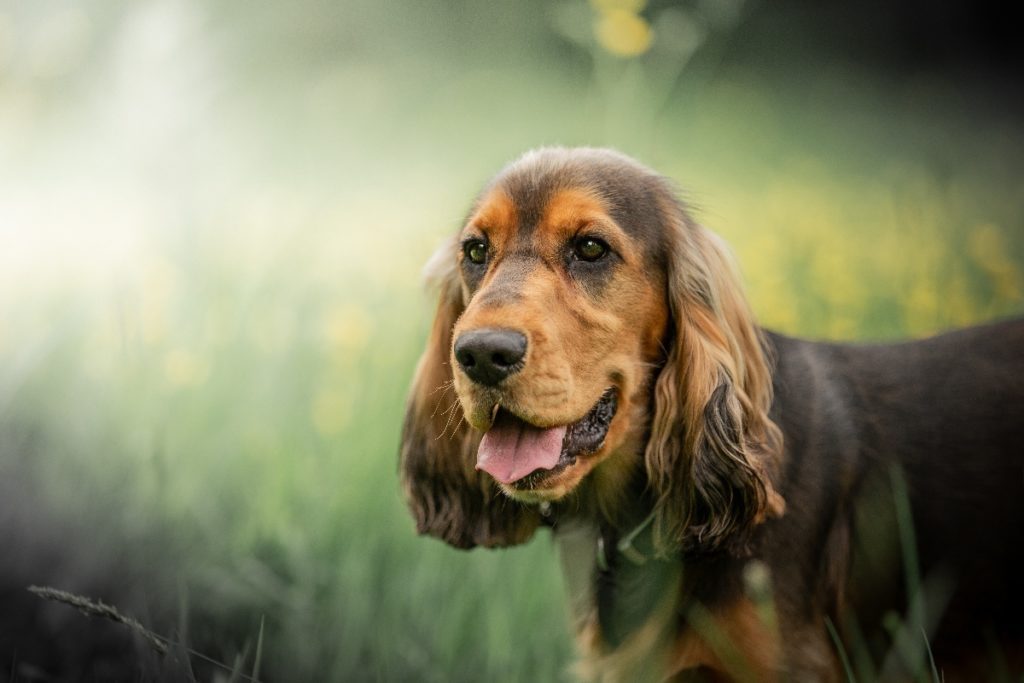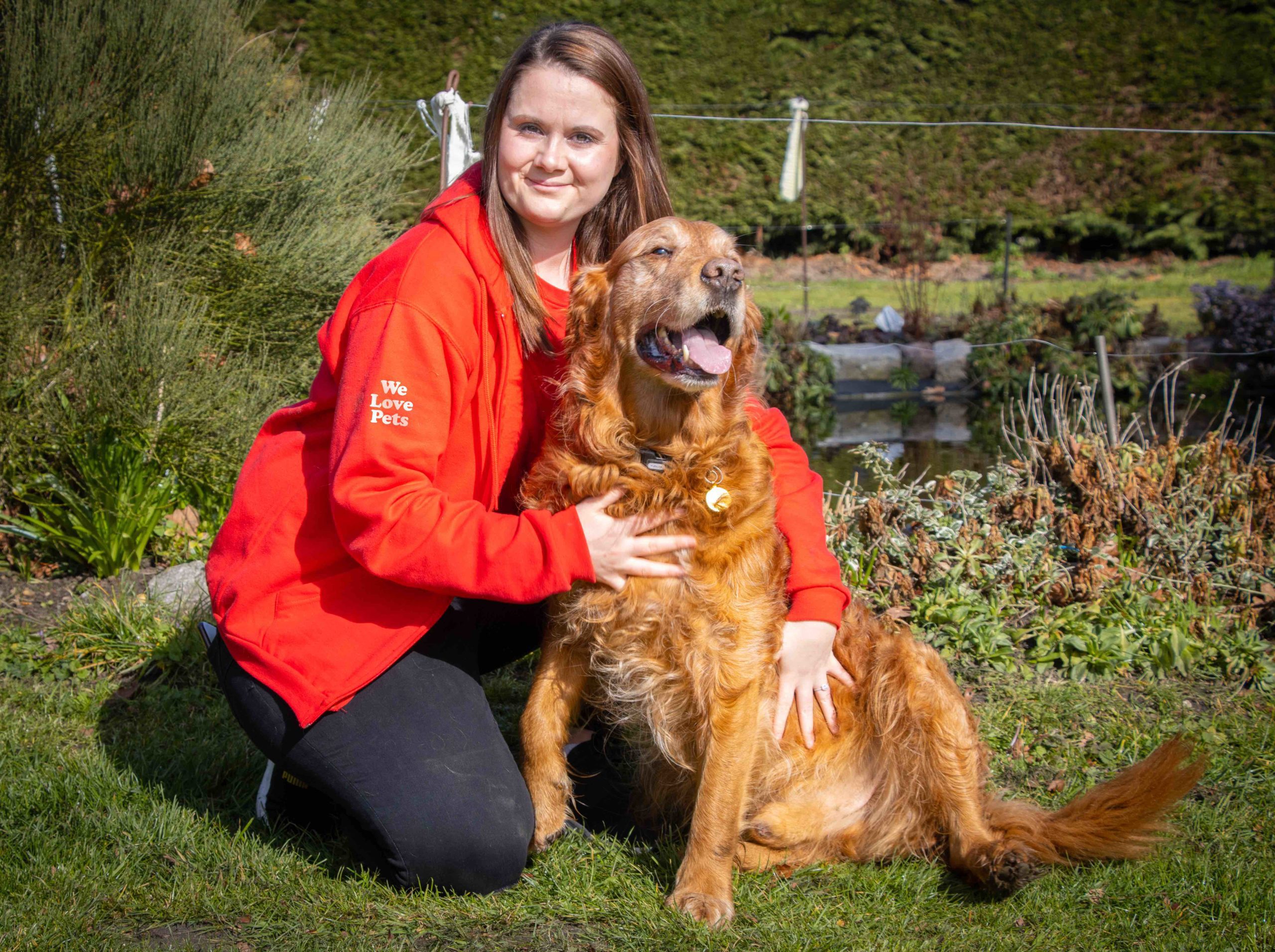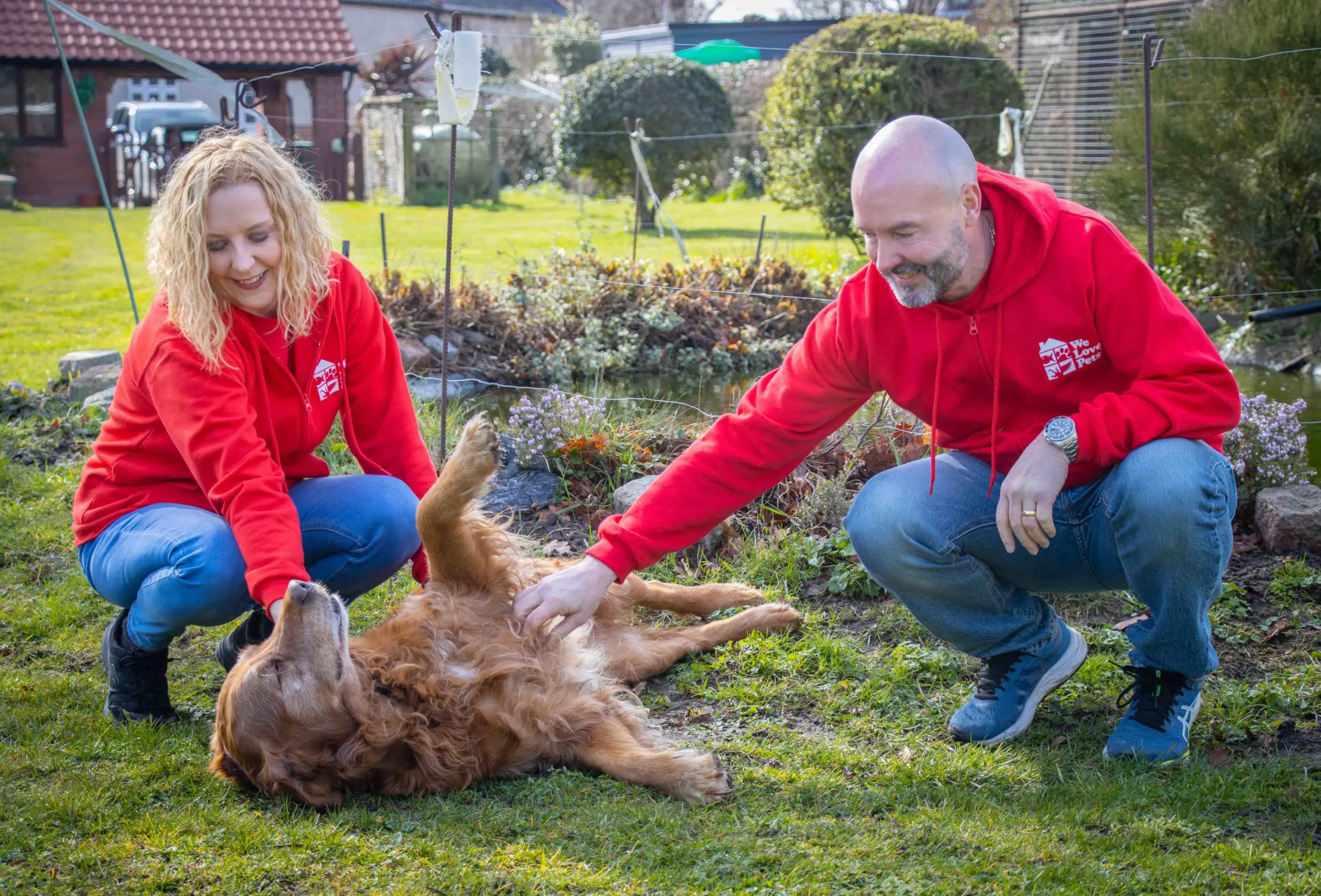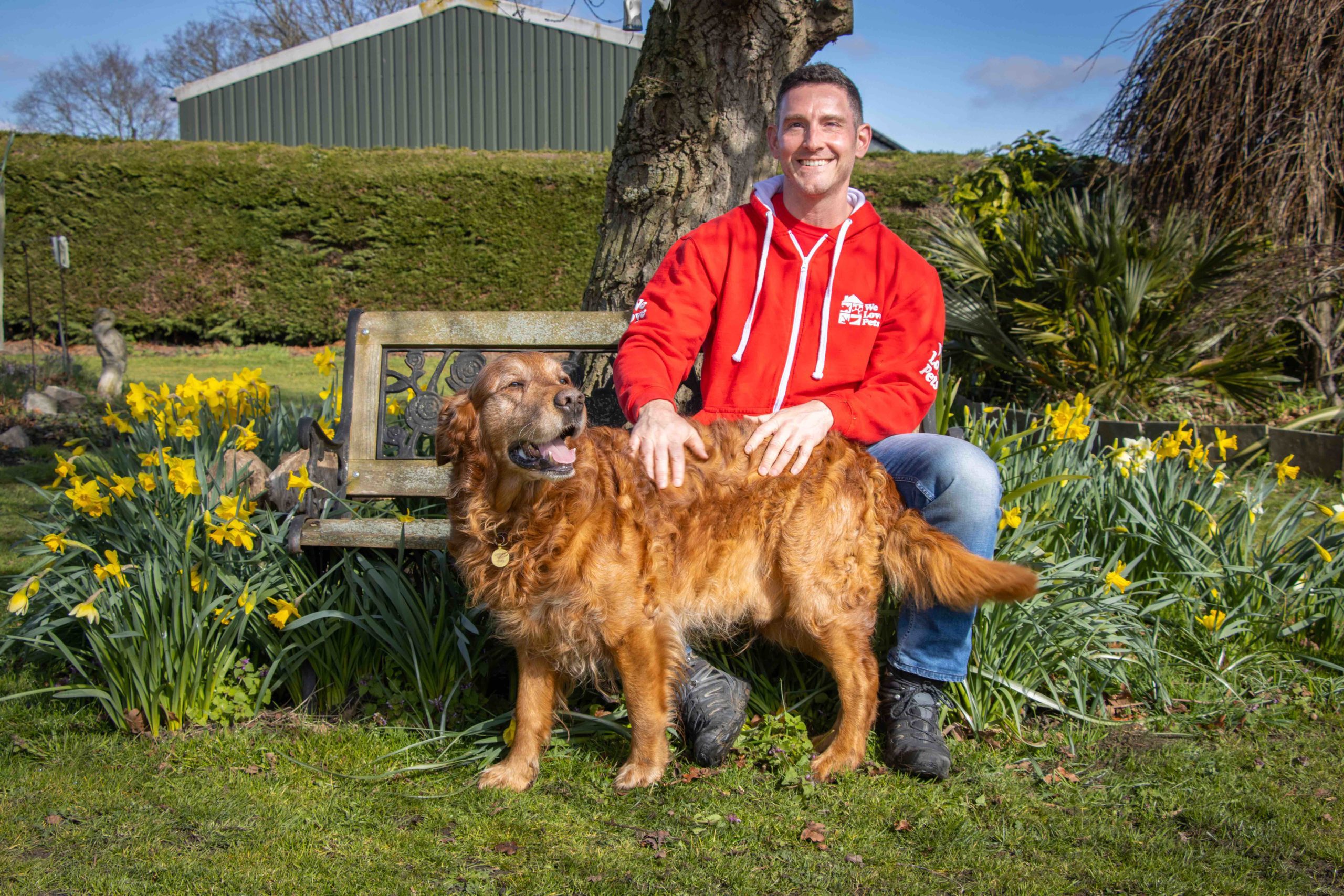A dog’s sense of smell is the sense they rely on above all others. Not surprisingly, a dog can pick up many smells undetectable to the human nose and can smell things from a much larger distance, picking up a scent trace long after the trail has been left. But how?
Superior scent receptors
Humans have around 5 million scent receptors, whereas our canine friends have approximately 220 million! These receptors are both on the surface of the nose internally and externally with mucus membranes helping to capture and preserve the scents ‘data’ for decoding.
A dog’s typically wet nose actually assists with this clever little operation – if you see your dog sniffing around an interesting smell you might also see them lick their nose. They are doing this to pick up and understand the scents around them to help them assess the situation.
The area of the brain that interprets smells in dogs is over 40 times larger than that of a human’s and dogs can detect far fainter scents than we can, with their ability being 10,000 to 100, 000 more accurate than ours.
Building a picture through smell
When a dog breathes inhaling through its nose, it will use most of that air for respiration, however, some of it is translated via the scent receptors to create a scent picture of the world around them. The ability to smell with each nostril separately simultaneously allows them to take in and interpret different scents. This is a bit like building a 3D picture which their brain then uses to form a full depth colour picture of the world through scent.
Dogs are naturally circular breathers, which basically means they inhale and exhale simultaneously. This is a skill that some human musicians train hard to try and achieve! This provides dogs with a moving scent picture, a bit like watching a film.
Funny faces
If you have ever seen your dog do a Hannibal Lecter impression where it takes in air through a slightly gritted teeth mouth it is actually drawing the air up into the roof of its mouth. Here is where the Jacobson’s Organ is situated. This organ identifies in particular pheromones essential for mating, greeting and enables the dog to recognise familiar dogs and people.
Fortunately, having this additional scent organ allows the dog to use it when its sense of smell is compromised through disease or illness. The Jacobson’s organ can take over along with the other senses like sight and sound, but it can be very disorientating for a dog when it loses its sense of smell – imagine waking up one morning and opening our eyes but not being able to see.
Nosing your priorities
A dog’s sense of smell can also be compromised by about 40% if they are panting to cool down or trying to get their breath back. As the dog ages, as with other senses like sight and sound, its sense of smell may also decline.
As the senses of taste and smell are so intertwined, when a dog does not seem as enthusiastic about its own normal food but is wanting perhaps what you are cooking for dinner it could be the stronger smells of a cooking meal it is more able to smell. This is why feeding food at room temperature or slightly heating it can be so beneficial for an older ‘fussy’ dog as it simply can’t smell it as well otherwise.
As a dog ages, the sense of smell will begin to reduce from around 8 years old onwards as part of the ageing process. This can often be the reason why working scent dogs are retired fairly young. Nothing wrong with them at all apart from the nose not being as finely tuned as it was and so unable to do the job as effectively.
Huge thanks to our amazing resident vet nurse Sophie for this fascinating read!




